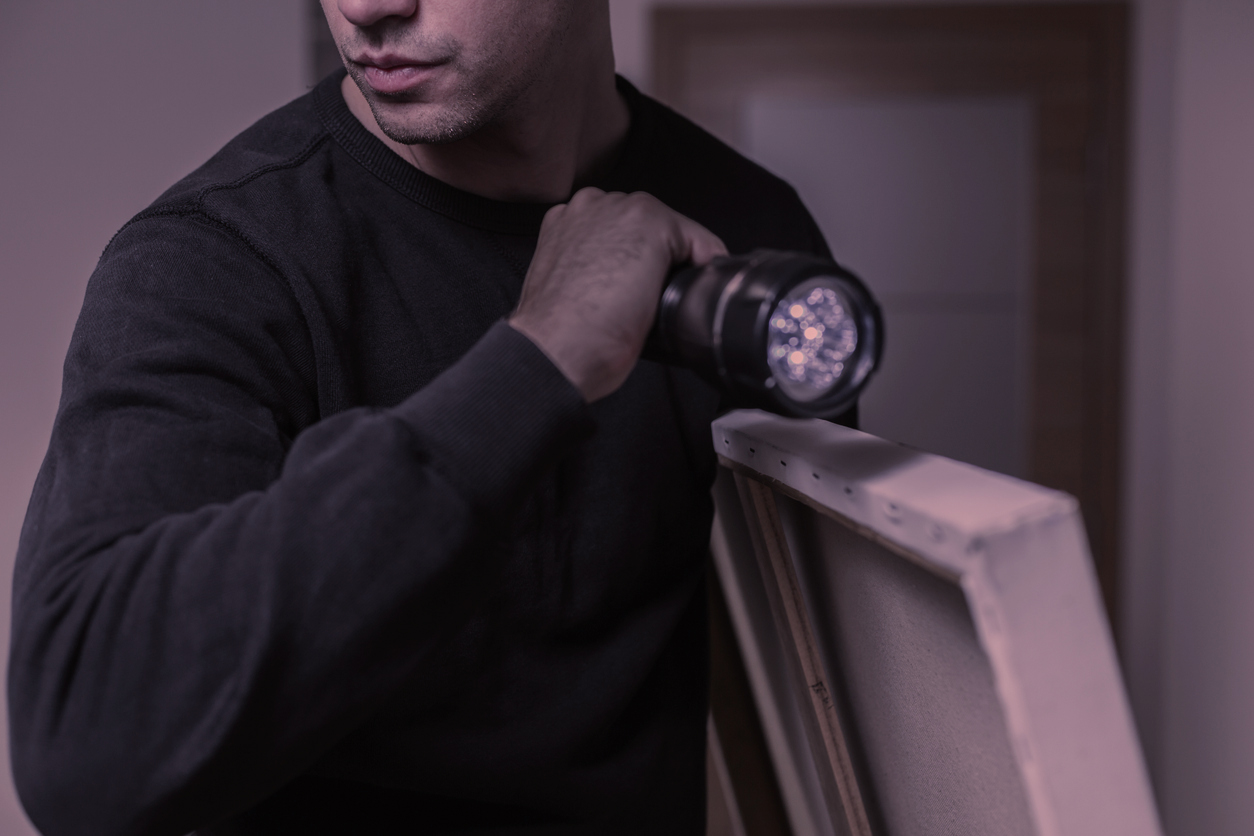The FBI is known for a great many things but most often people associate it with large-scale, high-profile criminal investigations involving serial killers or terrorist threats. While the FBI does deal with those cases, they have a number of teams that span a wide breadth of criminal investigations. Perhaps one of the lesser known and more recent teams, however, is the FBI’s Art Crime Team which was officially established in 2004. While the FBI had formally handled cases of art theft before 2004, it never had a specialized team for them. The team was established following two major art thefts, one domestic and one foreign: the Gardner Museum heist in 1990 and the looting of the Baghdad Museum in 2003. Across the globe, illegally acquired art on the black market has been valued between an estimated 4 billion USD and 6 billion USD. Aside from the monetary value, this sort of theft can come with a loss of cultural artifacts, as the definition of “art” can span from paintings to jewelry to historical items. With this in mind, the FBI determined that these cases needed to be handled differently than typical theft.
The domestic art theft case that kicked off the creation of the FBI’s Art Crime Team took place in Boston, MA at the Isabella Stewart Gardner Museum. To this day it is the most expensive art heist in world history with 13 stolen pieces being valued at 500 million USD. For all of the facts, you can read the museum’s official layout of the timeline, the investigation, and the stolen works. In summary, two men disguised themselves as police officers to gain entry to the museum after-hours. Once a guard on duty mistakenly let them inside, they tied up him and the other remaining security guard and made off with 13 paintings. There have been multiple suspects over the years—including the security guards themselves— but the investigation is still ongoing and unsolved, with none of the pieces having yet resurfaced. It is believed that the paintings remain within the U.S., hidden somewhere within a private collection.
The Gardner Museum heist made the U.S. more aware of the importance of dedicating specific resources to art theft, but the looting of the Baghdad Museum heightened the urgency. The lootings happened prior to the arrival of U.S. troops in Baghdad during the few days the museum was left vacant as the Iraqi government collapsed. When the staff returned to the museum, they found that around 15,000 pieces had been plundered. Though some have been recovered, “more than 8,000 remain unaccounted for, including artifacts thousands of years old from some of the earliest sites in the Middle East.” Shortly after, an investigation into the stolen items was led by U.S. Colonel Matthew Bogdanos, who put together a small team tasked with finding and retrieving any stolen goods they could. The devastating toll on culture and heritage that immediately followed the looting was clear, both on an Iraqi and a global scale. It was one year after this emergency task-force came together that the FBI created an official, dedicated team of their own that could handle these types of situations in the future.
Today, the FBI Art Crime Team has expanded to two dozen agents stationed across the U.S. Their most recent high-profile case dealt with the Orlando Museum of Art, where they led a raid last June and seized 25 suspected forgeries from a Basquiat exhibition. Since then, the museum has had its membership with the American Alliance of Museums put on probation. In order to aid in their continued search for forgeries or stolen works, the FBI has even launched an app that anyone can use to help track down stolen art. The app is a mobile version of the National Stolen Art File, which is a public FBI database of known stolen artworks. Tips on missing artworks can be submitted to the FBI directly via the app. So, if you’re an art-lover, remember to keep your eyes peeled—after all, sometimes crowdsourcing solves cases.
